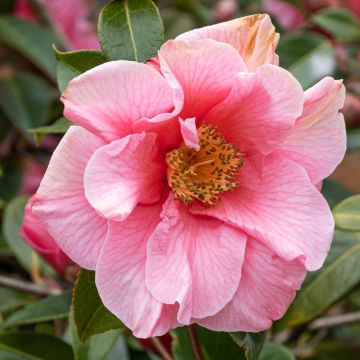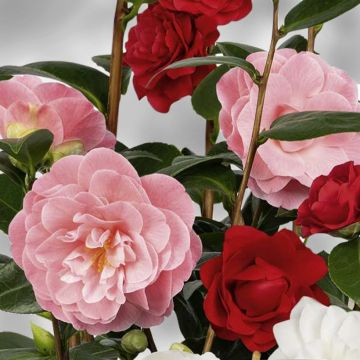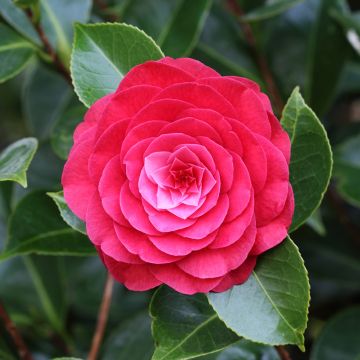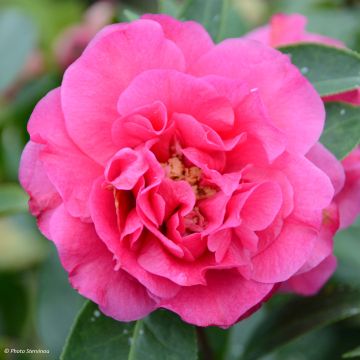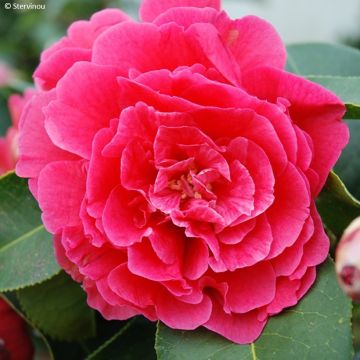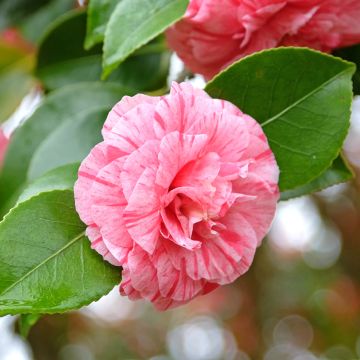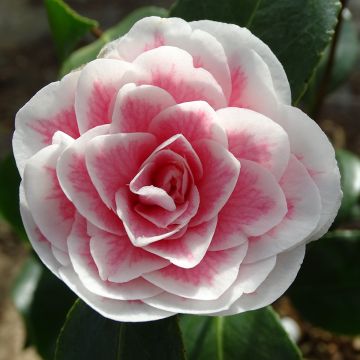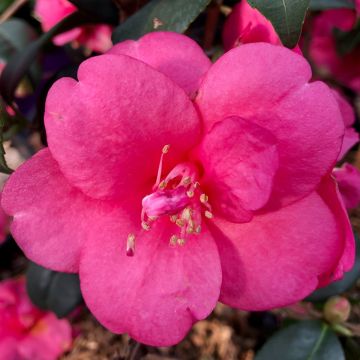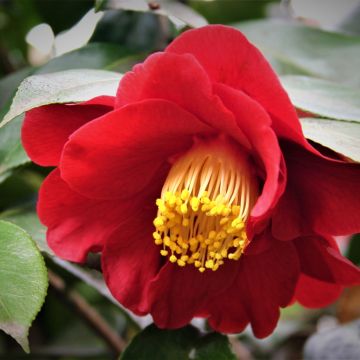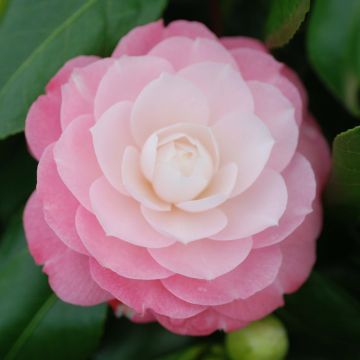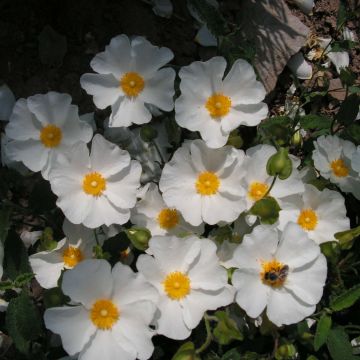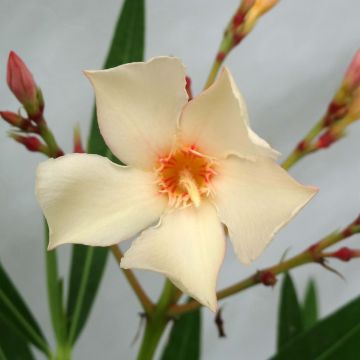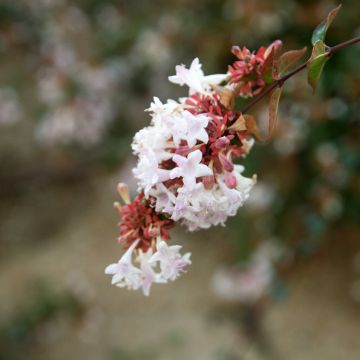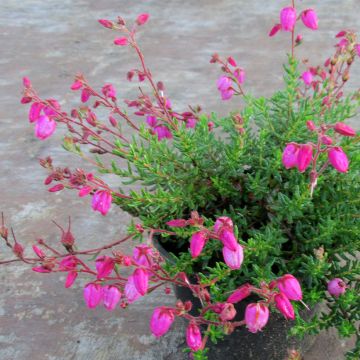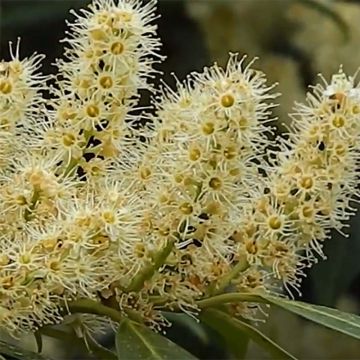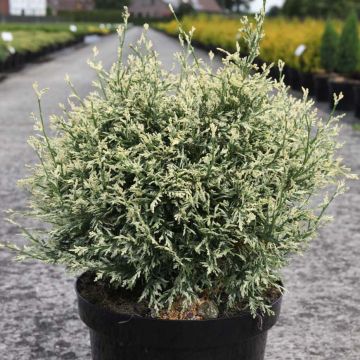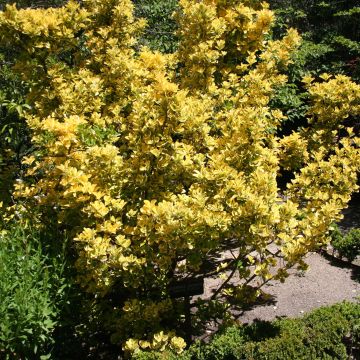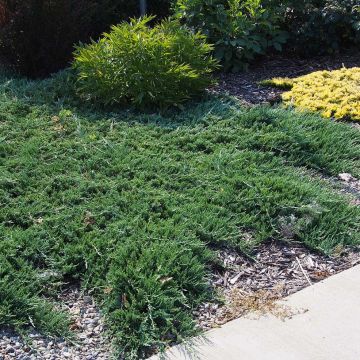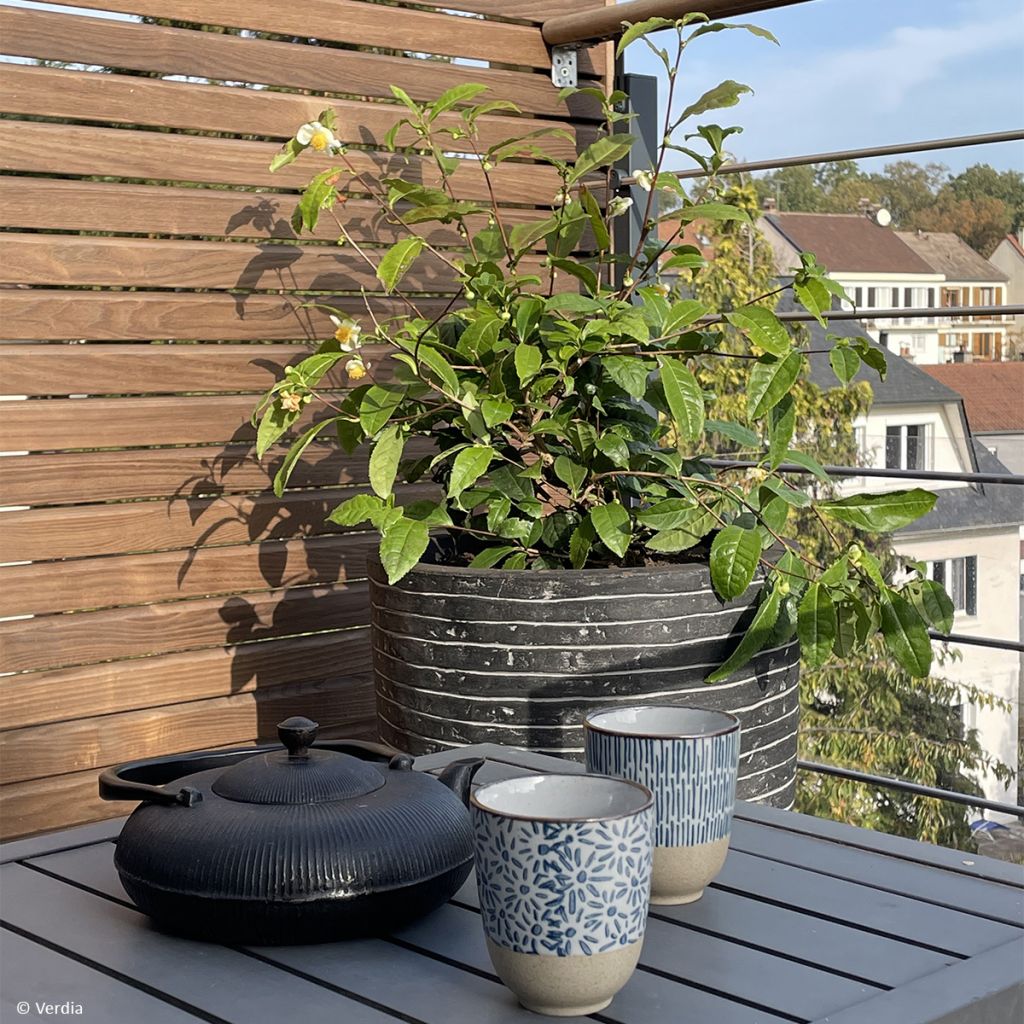

Camellia sinensis ThéOjardin
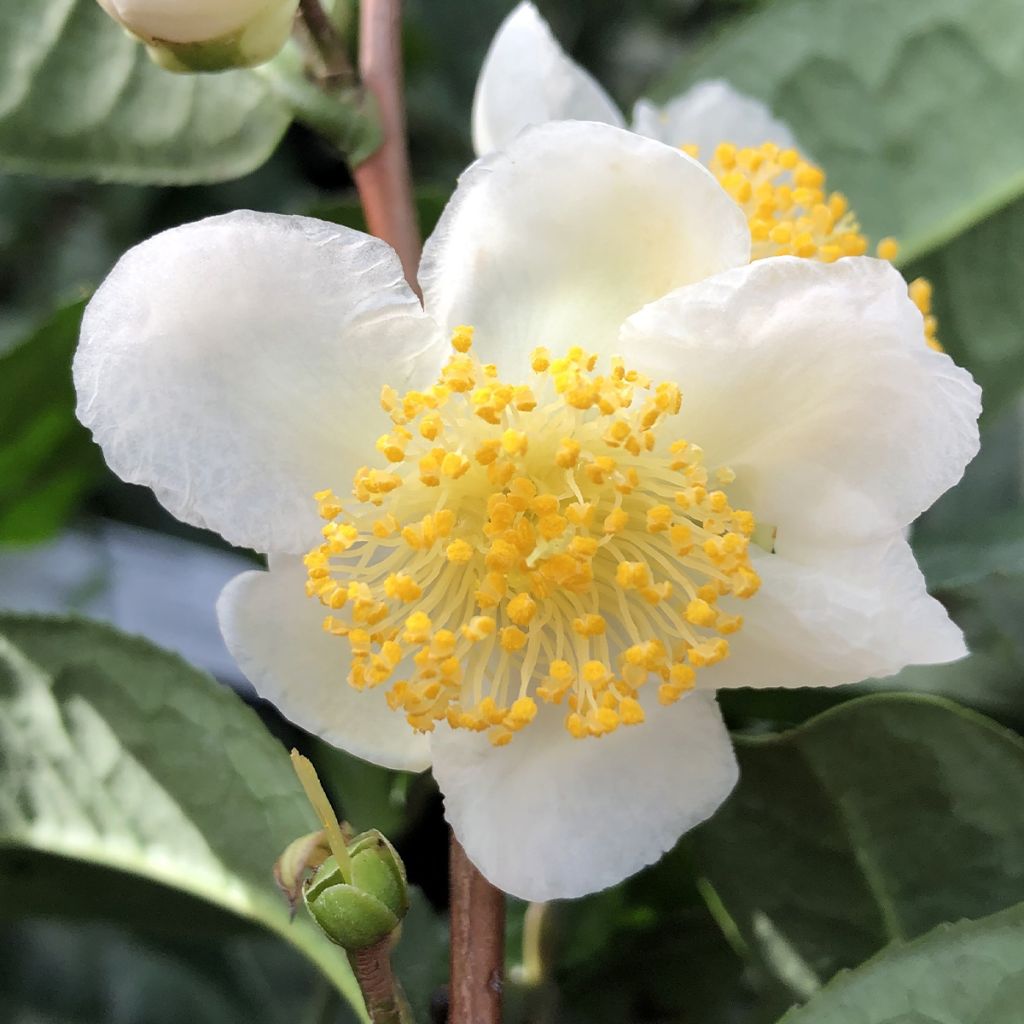

Camellia sinensis ThéOjardin
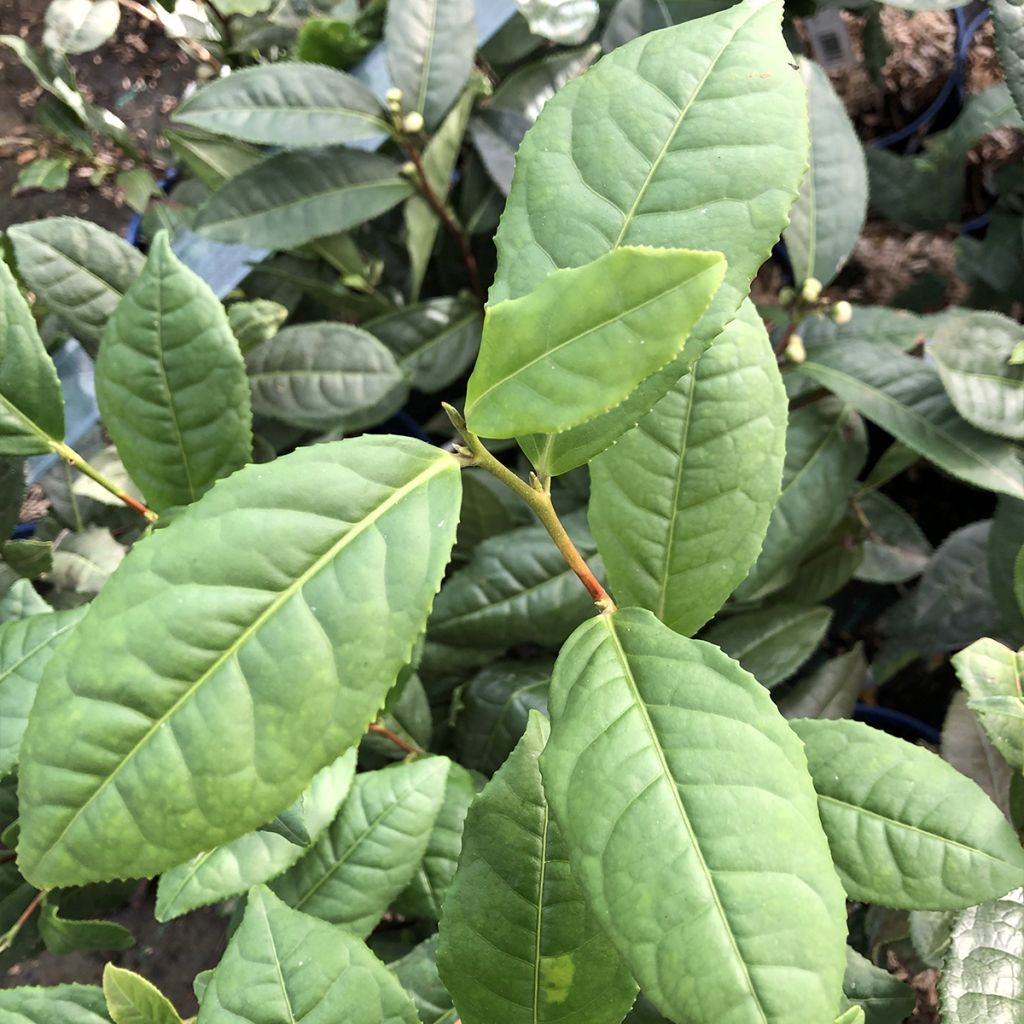

Camellia sinensis ThéOjardin
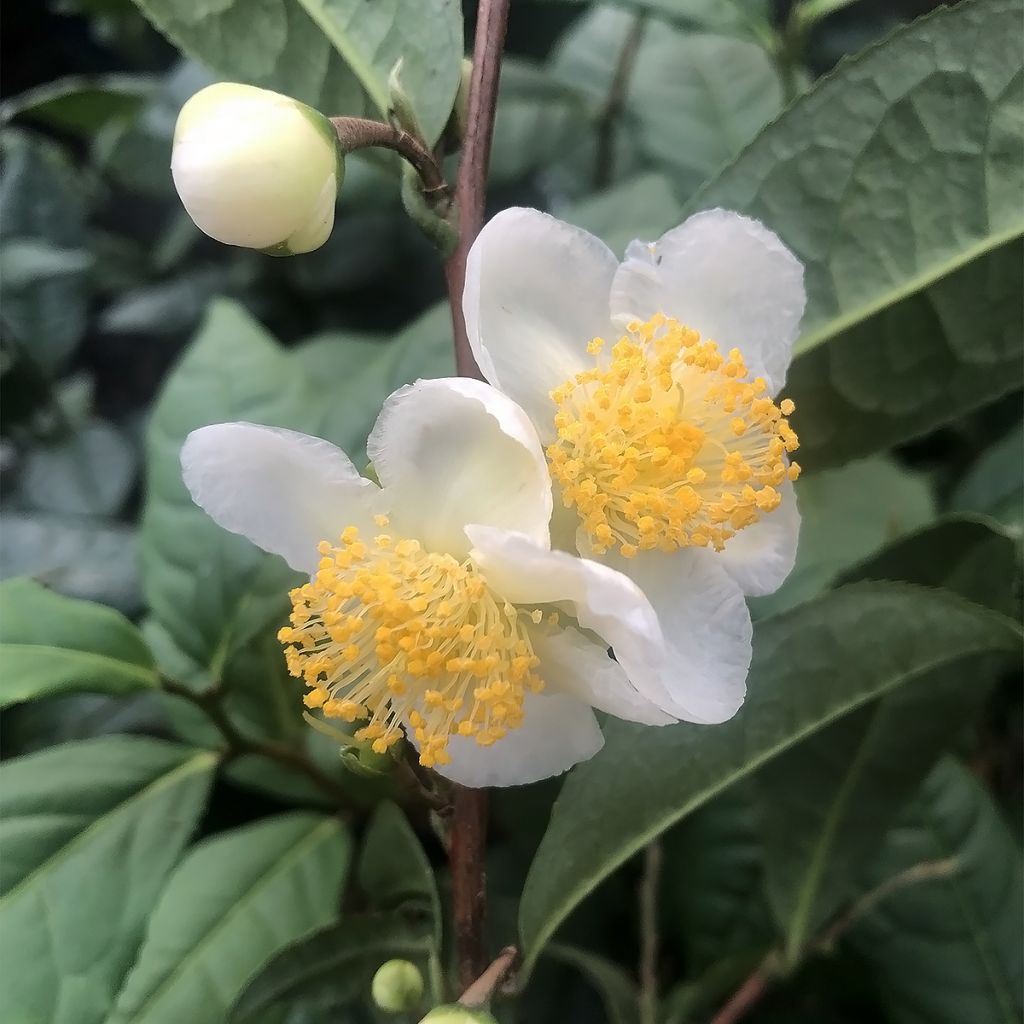

Camellia sinensis ThéOjardin
Camellia sinensis ThéOjardin
Camellia sinensis Théojardin®
Tea Plant
This item cannot be shipped to the selected country
Delivery charge from €6.90
More information
Delivery charge from €6.90
More information
Schedule delivery date,
and select date in basket
This plant carries a 24 months recovery warranty
More information
We guarantee the quality of our plants for a full growing cycle, and will replace at our expense any plant that fails to recover under normal climatic and planting conditions.
From €7.90 for pickup delivery and €6.90 for home delivery
Express home delivery from €8.90.
Does this plant fit my garden?
Set up your Plantfit profile →
Description
Camellia sinensis Theojardin is a variety of Tea bush, delicately aromatic, which has been the subject of numerous organoleptic (sensory) tests. Its leaves will satisfy even the most demanding homemade tea enthusiasts. This shrub or small tree has a bushy habit and bears glossy green leaves that persist throughout the year. Its flowers, simple and modest, white with a yellow stamen heart, bloom throughout the autumn. It is a semi-hardy ericaceous plant and thrives in a mild and humid oceanic climate. Rustic and discreetly exotic, it is charming as a solitary plant in the garden or in a container, or even in a flowering hedge.
Camellia sinensis Theojardin belongs to the tea family (Theaceae). The wild species is native to southern China. It is widely cultivated for its foliage which is highly aromatic after fermentation, in mountainous areas of tropical Asia, Japan, and other parts of the world with a mild and humid climate. This plant forms an erect and bushy shrub, with relatively slow growth, reaching over 10 m (33 ft) in its natural habitat, but rarely exceeding 2.50 m (8 ft) in European climates. Flowering occurs from October to December. The flowers, measuring 2.5 to 4 cm (1 to 1.6 in) in diameter, are simple, composed of 5 green and persistent sepals, and 5 to 8 pale yellow to white petals surrounding a large yellow stamen heart. They are solitary or in groups of 3 or 4. The dense and evergreen foliage consists of ovate leaves, slightly dentate on the edges, and glossy. Flowering is followed by the formation of loculicidal capsules measuring between 1.5 and 3 cm (1.2 in) in diameter.
Different teas are obtained through specific processing of Camellia sinensis leaves (green tea, white tea, black tea, smoked tea, etc.)
A hardy bush in its natural environment - at high altitudes, where temperatures can sometimes drop below zero - Camellia sinensis is a robust plant capable of withstanding temperatures as low as -10°C for a short period. It should be kept in mind that its preferred climate is temperate and oceanic i.e. rather mild, quite humid, cloudy, and with low temperature variations between seasons. Where such conditions do not exist it should be placed in a sheltered position during winter and protected from scorching sun in summer.
The Theojardin tea plant suits all styles of garden - cottage, Japanese, or wild - as long as the soil is acidic. Planted in an informal hedge alongside rhododendrons or andromedas, this bush will add volume and its beautiful evergreen foliage will provide a screen throughout the year. When planted alone, Camellia sinensis will benefit from being surrounded by flowering perennials such as heathers, meadowsweets, Japanese irises, or lithodoras which bloom before or after it, for long-lasting colour. Cultivation in a large pot is entirely possible on a terrace or balcony sheltered from direct sunlight. In winter it will be necessary to protect the plant and the pot from severe frosts and icy winds.
Camellia sinensis ThéOjardin in pictures
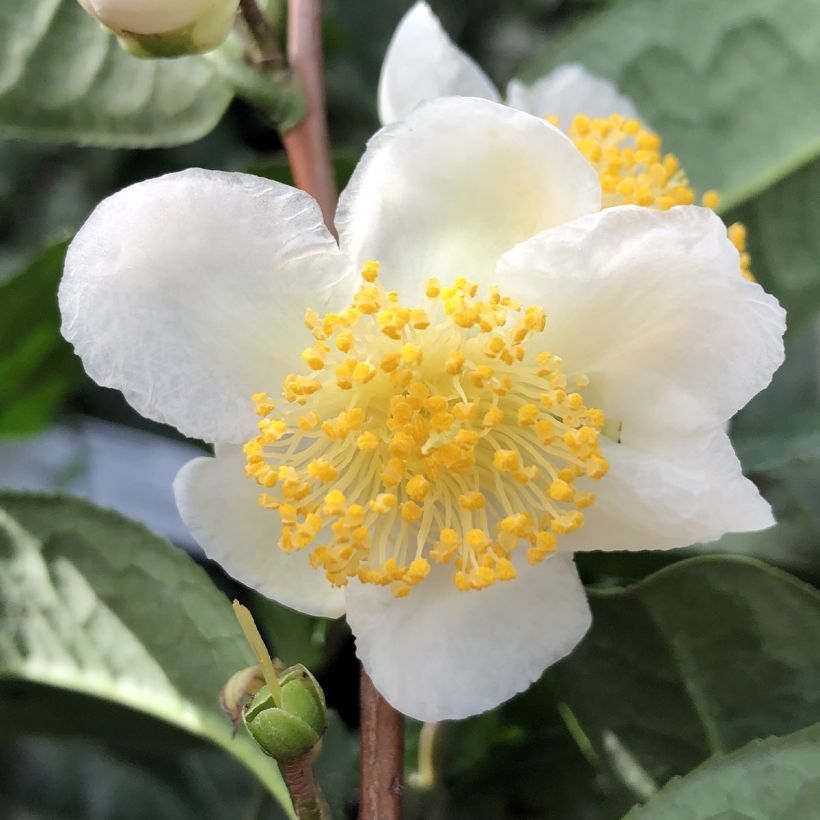

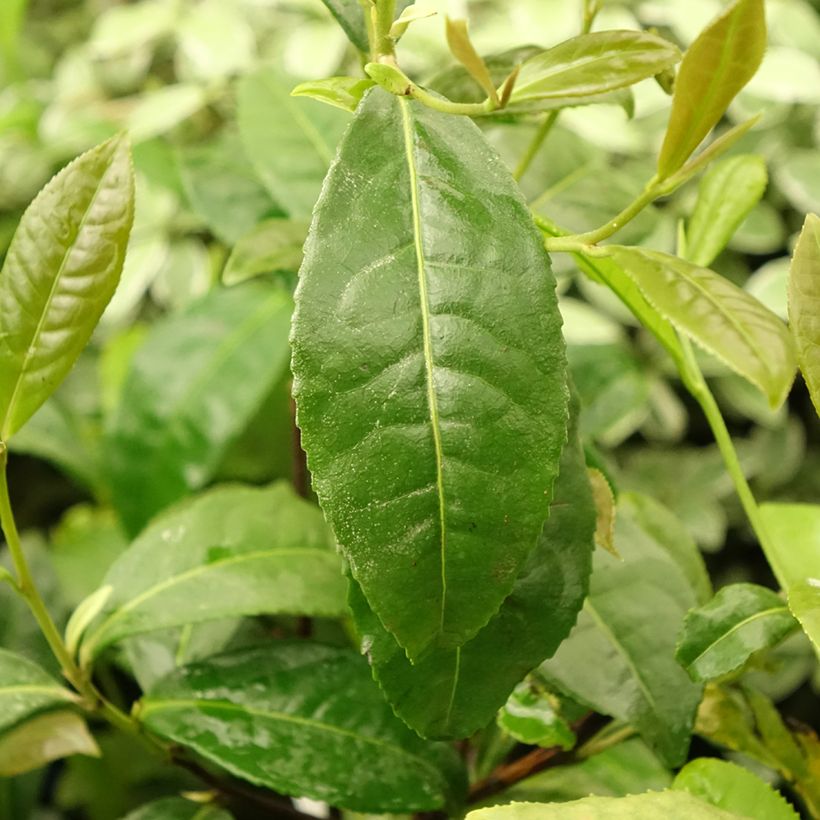



Plant habit
Flowering
Foliage
Botanical data
Camellia
sinensis
Théojardin®
Theaceae
Tea Plant
Cultivar or hybrid
Other Traditional Camellia
View all →Planting and care
Camellia sinensis Theojardin is hardy down to -10°C at the most, for a well-established subject that is sheltered from cold winds. It is a perfect bush in an oceanic, mild and humid climate. The greater the temperature differences (e.g. in a continental or mountain climate), the more the bush suffers and the less it thrives.
Preferably plant in March-April. It prefers a non-chalky soil rich in organic matter. That said it is less sensitive than other species in this regard; a slightly acidic forest soil or a well-drained clay-silica soil enriched with humus will be perfectly suitable. In a pot use a mixture of ericaceous soil, decomposed leaf mulch, and garden soil (if it is not too chalky). Add a drainage layer at the bottom of the container. The substrate must be loose, light and draining, to allow water passage and root aeration. Clayey, heavy, compact soils are to be avoided.
Install the camellia in a sunny but not scorching site; it needs brightness but will not tolerate too hot a southerly exposure in summer. Be careful to protect it from prevailing winds by planting it near a wall, otherwise it could lose some of its blooms. Do not bury the root ball too deeply when planting; cover with 2 to 3 cm (1 in) of soil - just enough to prevent it drying out. Water abundantly then cover the soil with a bark mulch.
Before winter arrives, protect the roots - which mainly develop on the surface - by covering the base with a thick blanket of dry leaves mixed with sand or any other insulating material (pine bark, flax or hemp shavings, etc.). In case of snowfall, take the time to remove snow from the leaves by gently shaking the bush, as it could burn the foliage and weaken the plant. It is not necessary to prune this camellia; indeed very beautiful free forms can be obtained without it.
Planting period
Intended location
Care
Similar products
Haven't found what you were looking for?
Hardiness is the lowest winter temperature a plant can endure without suffering serious damage or even dying. However, hardiness is affected by location (a sheltered area, such as a patio), protection (winter cover) and soil type (hardiness is improved by well-drained soil).

Photo Sharing Terms & Conditions
In order to encourage gardeners to interact and share their experiences, Promesse de fleurs offers various media enabling content to be uploaded onto its Site - in particular via the ‘Photo sharing’ module.
The User agrees to refrain from:
- Posting any content that is illegal, prejudicial, insulting, racist, inciteful to hatred, revisionist, contrary to public decency, that infringes on privacy or on the privacy rights of third parties, in particular the publicity rights of persons and goods, intellectual property rights, or the right to privacy.
- Submitting content on behalf of a third party;
- Impersonate the identity of a third party and/or publish any personal information about a third party;
In general, the User undertakes to refrain from any unethical behaviour.
All Content (in particular text, comments, files, images, photos, videos, creative works, etc.), which may be subject to property or intellectual property rights, image or other private rights, shall remain the property of the User, subject to the limited rights granted by the terms of the licence granted by Promesse de fleurs as stated below. Users are at liberty to publish or not to publish such Content on the Site, notably via the ‘Photo Sharing’ facility, and accept that this Content shall be made public and freely accessible, notably on the Internet.
Users further acknowledge, undertake to have ,and guarantee that they hold all necessary rights and permissions to publish such material on the Site, in particular with regard to the legislation in force pertaining to any privacy, property, intellectual property, image, or contractual rights, or rights of any other nature. By publishing such Content on the Site, Users acknowledge accepting full liability as publishers of the Content within the meaning of the law, and grant Promesse de fleurs, free of charge, an inclusive, worldwide licence for the said Content for the entire duration of its publication, including all reproduction, representation, up/downloading, displaying, performing, transmission, and storage rights.
Users also grant permission for their name to be linked to the Content and accept that this link may not always be made available.
By engaging in posting material, Users consent to their Content becoming automatically accessible on the Internet, in particular on other sites and/or blogs and/or web pages of the Promesse de fleurs site, including in particular social pages and the Promesse de fleurs catalogue.
Users may secure the removal of entrusted content free of charge by issuing a simple request via our contact form.

































